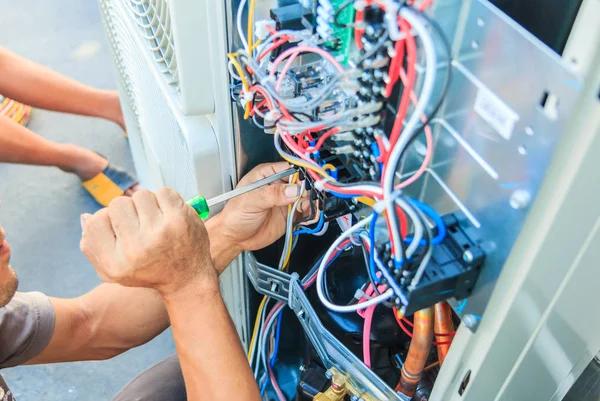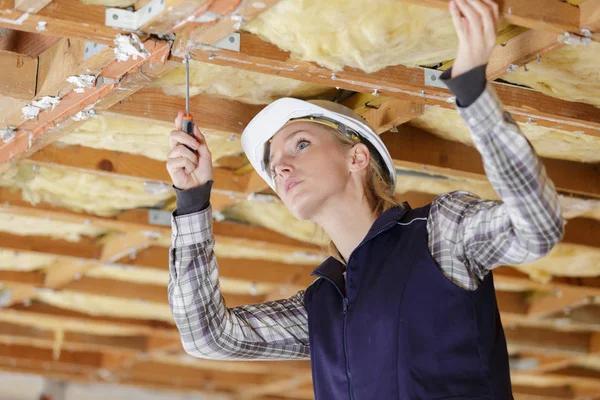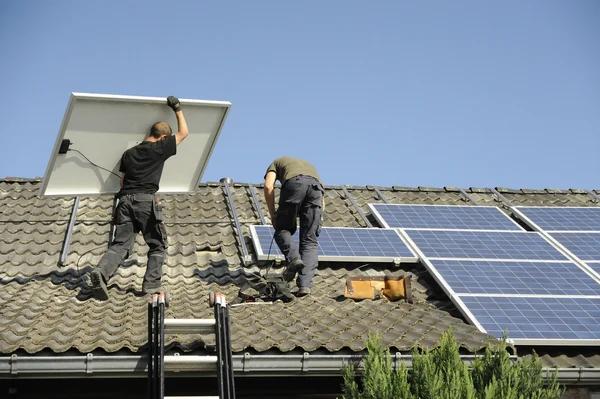
Air Conditioning Service Checklist: What Every Homeowner Should Know
Maintaining your air conditioning (AC) system is essential to ensure its efficiency, longevity, and ability to keep your home comfortable during hot weather. Regular servicing not only prevents unexpected breakdowns but also helps you save on costly repairs and energy bills. As a homeowner, understanding what an AC service checklist entails can help you stay proactive about your unit’s upkeep.
The first step in any comprehensive AC service is inspecting the thermostat. A professional technician ensures that the thermostat functions correctly and maintains the desired temperature without fluctuations. If necessary, they may recalibrate it or recommend upgrading to a programmable or smart thermostat for better energy management.
Next comes checking the electrical components of the AC system. Loose wires or faulty connections can lead visit this website to learn more inefficiencies and pose safety hazards like short circuits. During servicing, technicians inspect these connections, tighten them if needed, and test voltage levels across all critical components.
Cleaning plays a crucial role in maintaining optimal performance. The evaporator coil inside the indoor unit and condenser coil outside tend to collect dirt over time, reducing heat exchange efficiency. Both coils are cleaned thoroughly during servicing using specialized tools or cleaning solutions. Similarly, air filters are inspected for dust buildup; clogged filters restrict airflow and strain the system while compromising indoor air quality. Technicians either clean reusable filters or replace disposable ones as part of routine maintenance.
Another important aspect of AC servicing involves examining refrigerant levels. Low refrigerant levels indicate potential leaks that need immediate attention since inadequate refrigerant can impair cooling performance and damage internal parts over time. The technician will fix any leaks found before refilling refrigerant up to recommended levels.
The drainage system is also checked during routine maintenance visits because blocked drains can lead to water leakage issues around your unit while fostering mold growth indoors—a health hazard for occupants. Technicians clear clogs from condensate drain lines as part of their inspection process.
Lastly, moving parts such as fans and motors require lubrication to reduce frictional wear-and-tear over time while ensuring smooth operation throughout peak usage months when demand runs high on HVAC systems everywhere! By following this checklist regularly—whether seasonally scheduled appointments with professionals who know best practices—or DIY checks at home between annual inspections—you’ll extend equipment lifespan significantly alongside improving energy-efficiency ratings overall!



